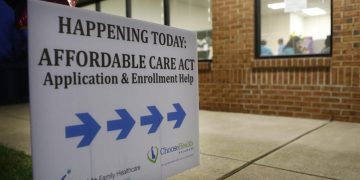A flurry of states now require financial literacy classes for high school students, covering topics like budgeting, saving and managing debt.
Just seven states — Alabama, Iowa, Mississippi, Missouri, Tennessee, Utah and Virginia — earned an A grade, meaning they require students to take a semester-long personal finance course, or its equivalent, on a “report card” from the Center for Financial Literacy at Champlain College in Vermont. Five states got an F, meaning they have “virtually no requirements” for personal finance education in high school.
But, the report said, 23 states are projected to receive an A grade in 2028, when additional programs recently approved by state legislatures are in place.
The surge in offerings is partly a response to the pandemic, which focused attention on precarious household finances and glaring income inequality. “Things got turbocharged after the pandemic,” said John Pelletier, the center’s director. Higher inflation has also strained consumers’ budgets, and the resumption of student loan payments has renewed worries about student debt.
Concern is also growing about financial disparities among racial and ethnic groups. While about a third of American adults reported having “too much” debt, the percentage is higher — 39 percent — for Black adults, according to a large survey conducted in 2021 by the FINRA Investor Education Foundation. (The foundation — which is an arm of the Financial Industry Regulatory…



























































